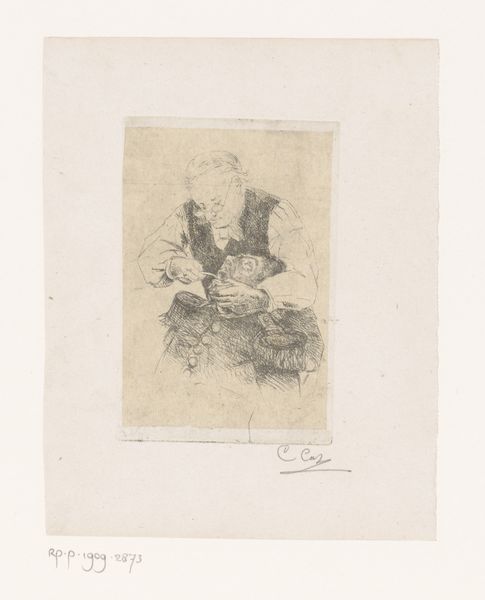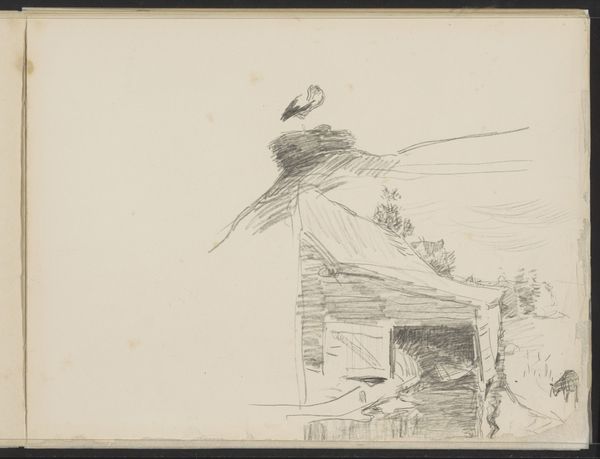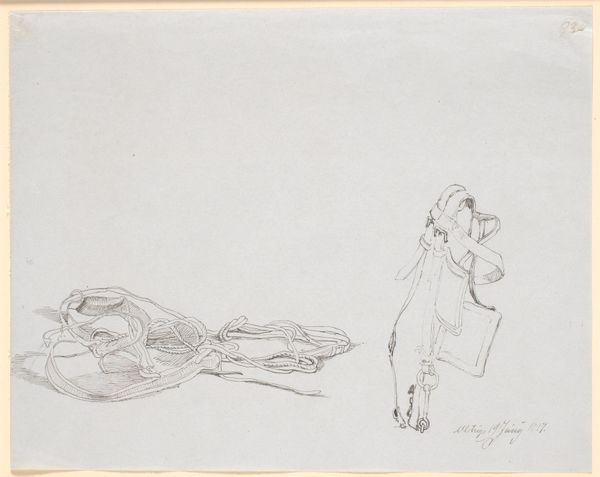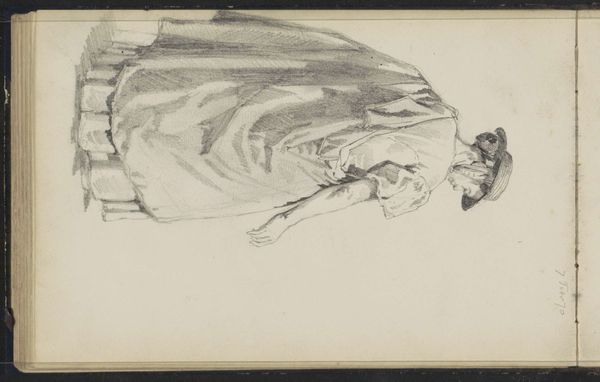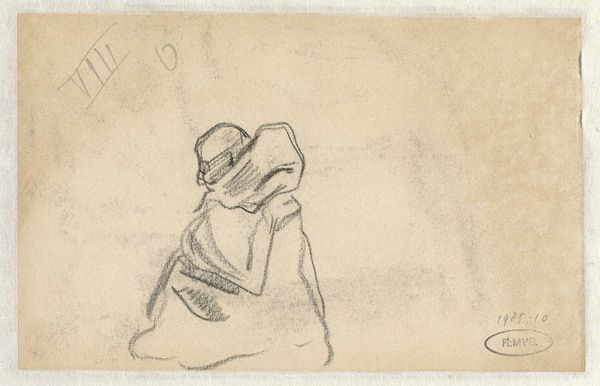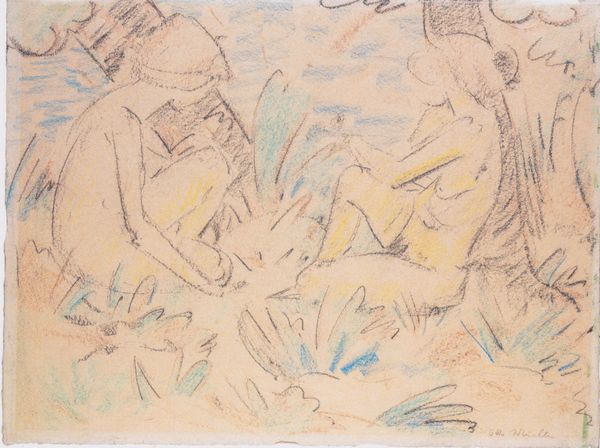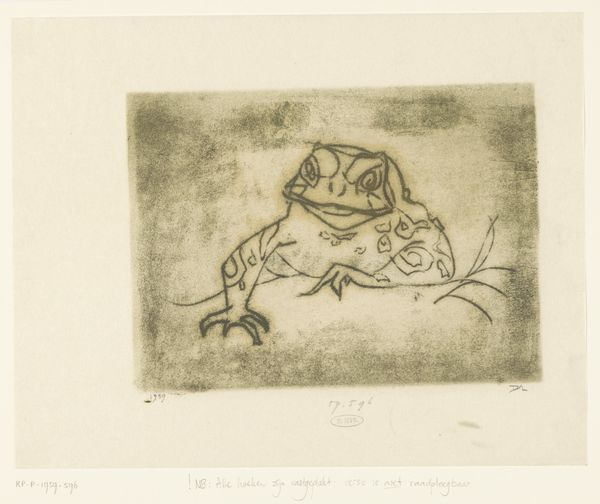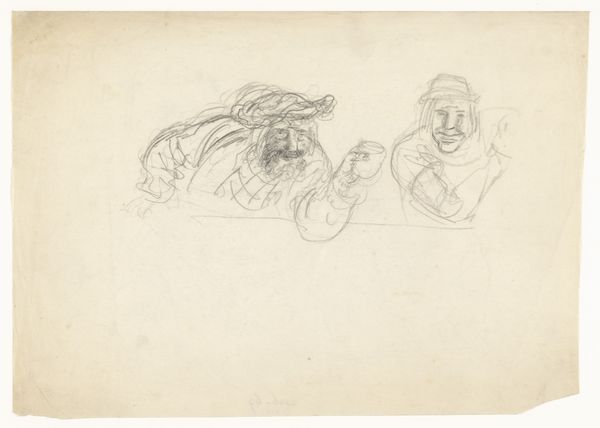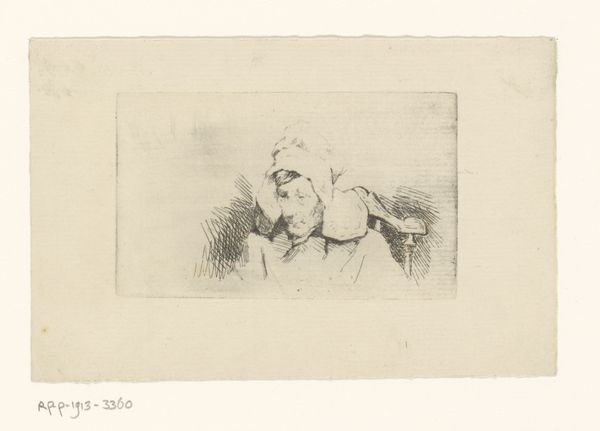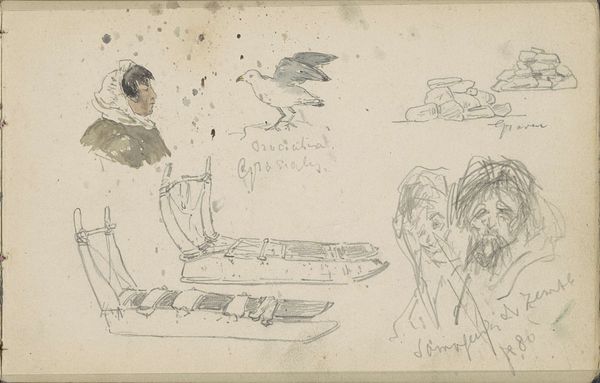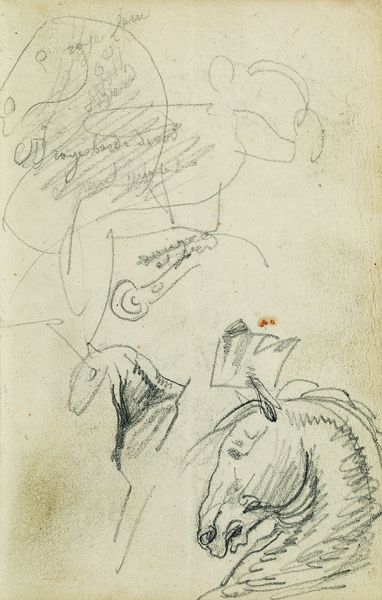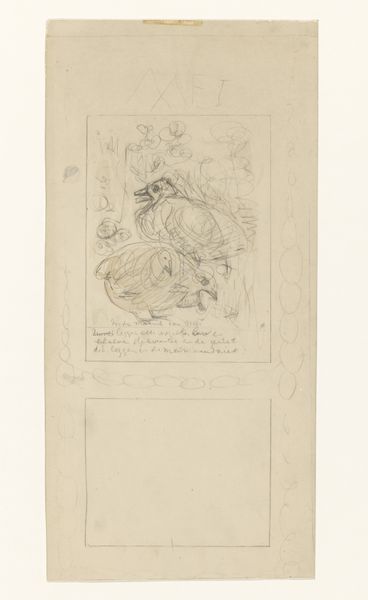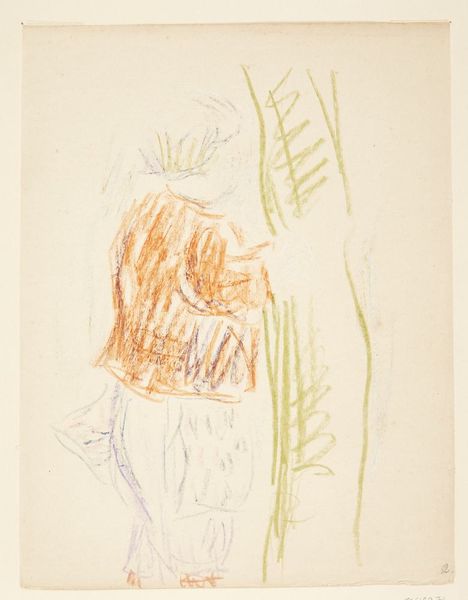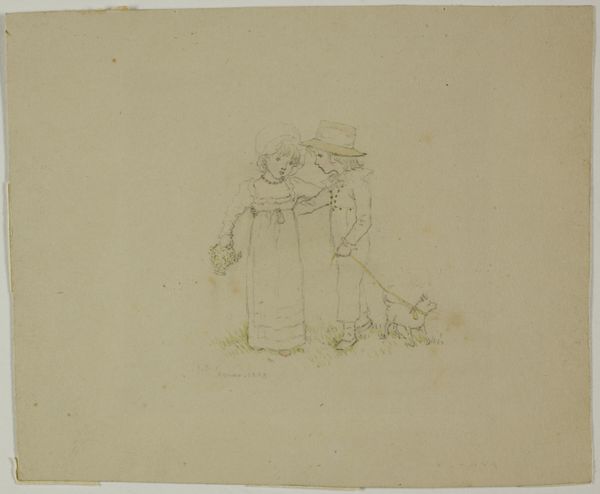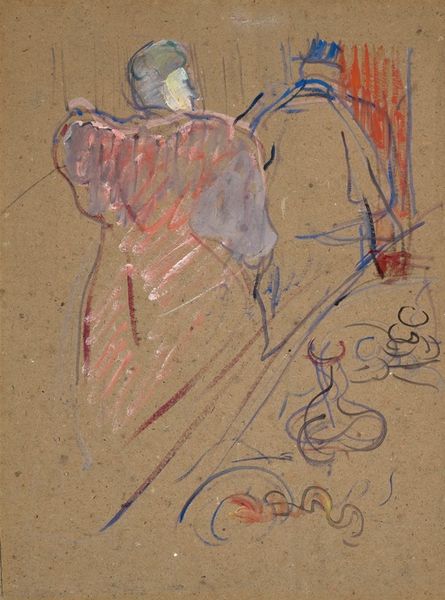
Dimensions: 12 x 15 5/8 in. (30.48 x 39.69 cm) (sheet)
Copyright: Public Domain
Curator: Here we have Emile Alfred Dezaunay's "Breton Peasants from Brest," a watercolor drawing dating back to the 19th century, held here at the Minneapolis Institute of Art. Editor: Immediately, I'm struck by the sketchiness, the artist's swift handling of watercolor. The brown paper support creates a warm tonality that infuses the scene with a certain earthiness, an understated elegance. Curator: It's compelling to consider these women through a contemporary lens, examining the ways regional identity and the labor associated with peasantry intersect with notions of gender and representation during that period. What statements are being made about their place in society through this visual portrayal? Editor: Quite. Though their costumes are carefully rendered, drawing our eye through the composition using repeated chromatic nuances, note the limited palette - subtle blues, greens, pinks. He's used these colors in an almost pointillist manner, yet it remains grounded, realistic. Curator: It suggests the constrained realities many women faced, bound by tradition and socioeconomic status. Their expressions seem stoic, reflecting perhaps a resilience forged from hardship and also their regionalism is obvious with the headdress being from this region of Brittany. Editor: But even within constraint, there's form. Dezaunay orchestrates the composition masterfully—the tilt of the umbrellas mirrors the figures posture creating almost a geometric rhythm with all elements united on the page through color and balance. It speaks to a deeper harmony. Curator: I think the act of observation itself—the gaze of the artist capturing these women—needs interrogation. What responsibility does the artist have when representing marginalized communities? Are they offering visibility or reinforcing existing power structures? Editor: Well, let us not forget that the beauty lies in that the light and the shadow give these faces life beyond social commentary. It allows a focus beyond what can easily be interpreted allowing you, the observer, to create your own experience of this moment in history. Curator: These are important layers to unpack, prompting a discussion of visibility, representation, and agency in art history. Editor: It is precisely in balancing representation with compositional excellence that the image obtains something more. It's something deeply considered, and quite lovely to view.
Comments
No comments
Be the first to comment and join the conversation on the ultimate creative platform.
